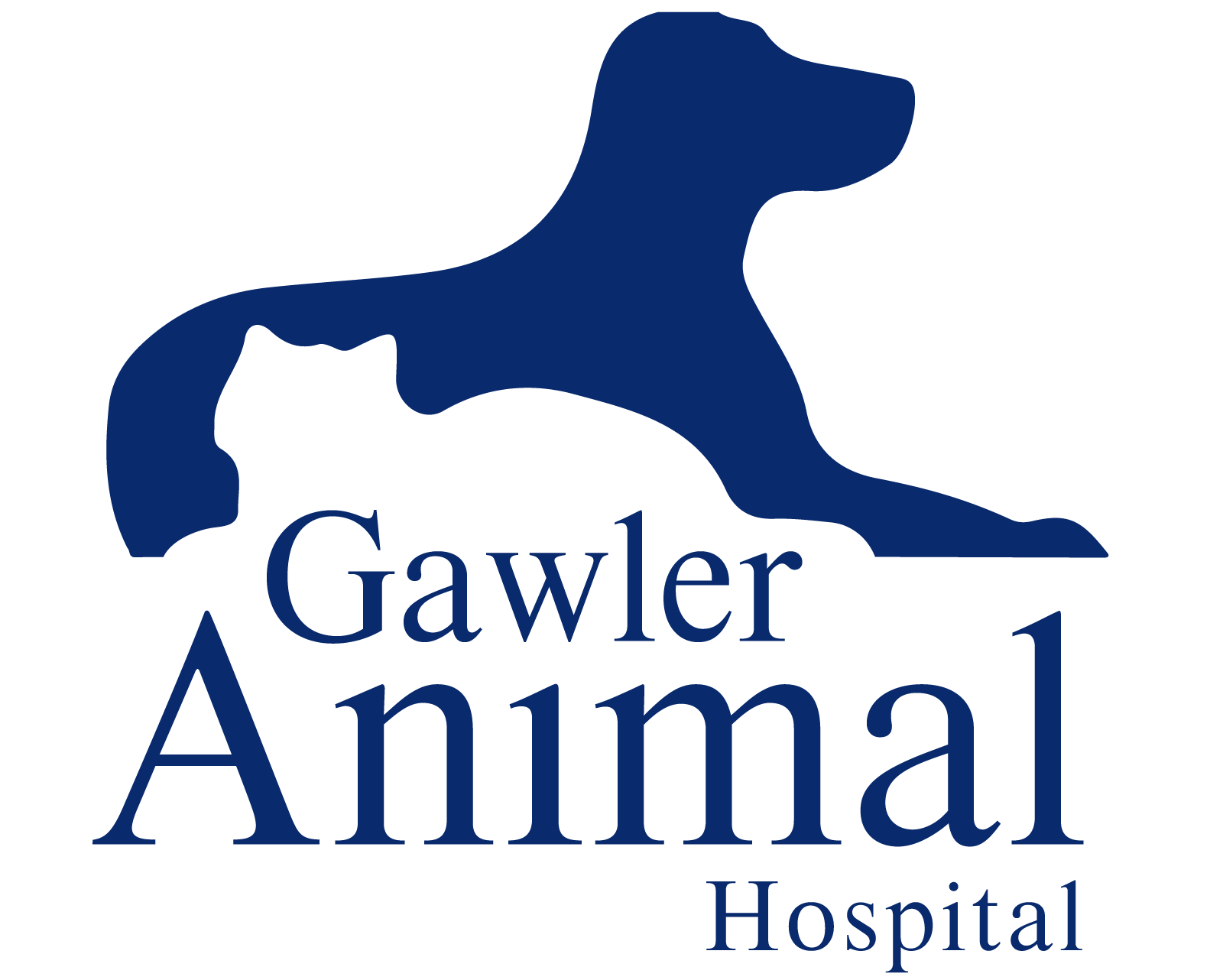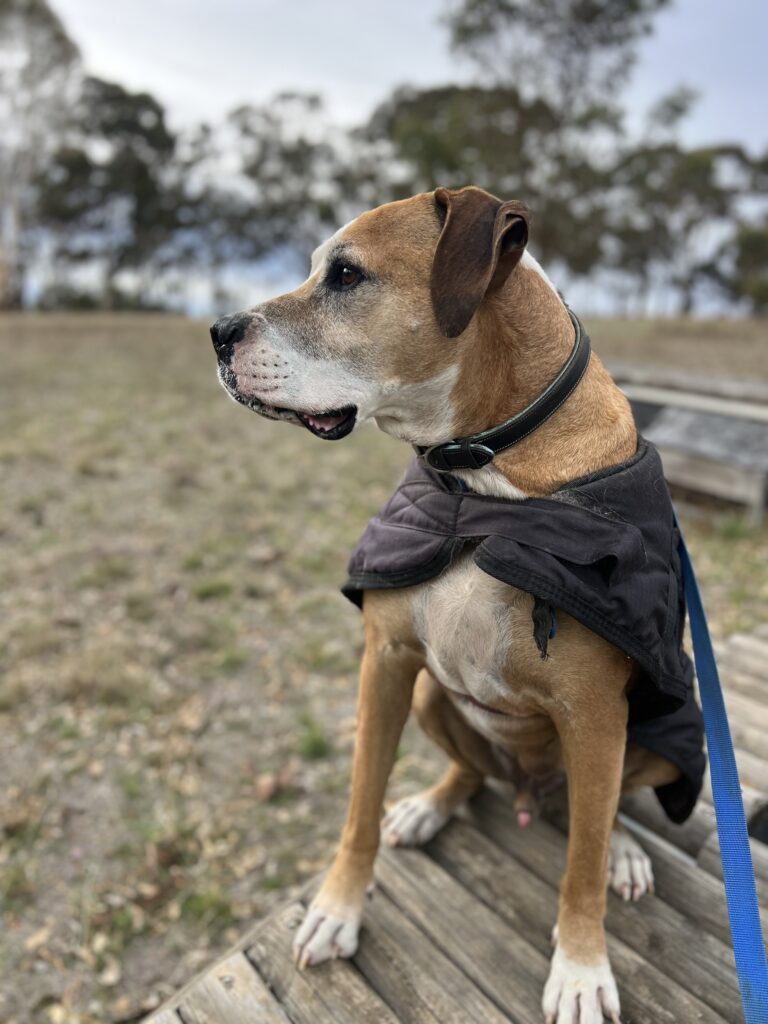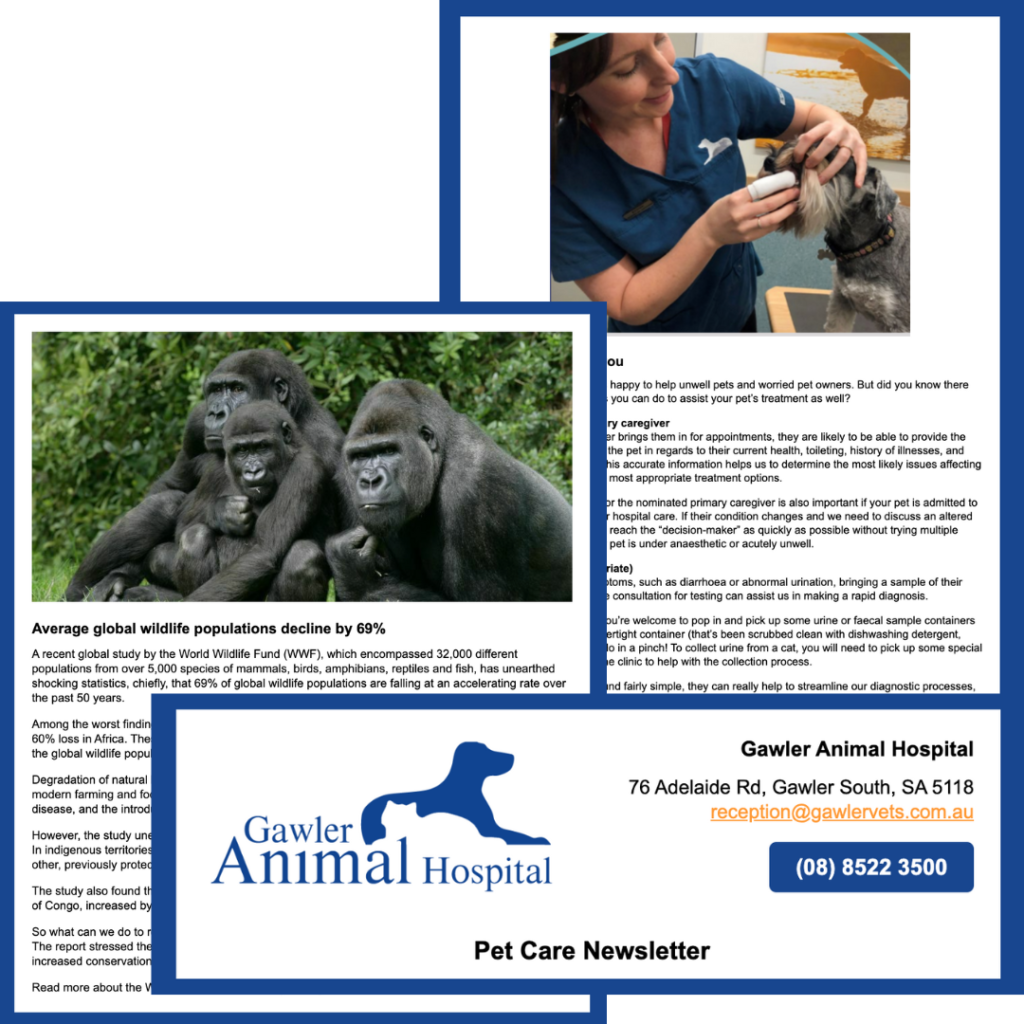Let’s talk LUMPS!
Here at Gawler Animal Hospital “Check Lump” is one of the more common bookings we see, or as something raised at the routine 6-monthly health check or vaccination. So, we thought it was worth addressing the ins and outs of lump checks!
When a lump comes to our attention- the first things we do is assess it broadly;
– Where is it located on the body and what structures are nearby?
– Is it sore or not?
– Is it something on the skin, under the skin or deeper?
– Is it hard, soft or fluidy feeling?
– Is the skin normal or is there hair-loss, ulceration, discharge?
As we make these assessments, we are making a list in our head of what it might be;
– A normal structure that is inflamed (like a lymph node or salivary gland)
– A tumour of the skin (benign or malignant)
– Infection or a foreign body causing swelling
What can we tell form looking and feeling the lump?
– We will often feel and inspect lumps and a system of “pattern recognition” to form theories about which they might be (based on what we have seen before)
– Discharge might suggest infection, abscess or foreign bodies
– Some types of lumps have distinctive appearances leading us to suspect what they might be
– Sadly, despite how much we wish it, looking and touching a lump is never truly diagnostic!
What do we need to do to find out more?
The only way to be able to tell what a lump is- is to sample it. We do this in a few different ways;
– Impression smear- rubbing the surface of a lump on a slide to assess microscopically
– Fine needle biopsy- using a needle to sample a lump to then assess microscopically
– Surgical biopsy- taking a small section of a lump surgically and sending for assessment at the lab (usually by a process called histopathology)
– Surgical excision- taking the whole lump and sending that off to the lab to assess.
What we recommend if you are having a pet’s lump checked will vary by case and in discussion with you about the case.
Some cautionary tales;
- A lovely middle aged domestic short hair cat was seen with a scab on his head that the owner had been watching and just wouldn’t heal. Because the scabbed area was quite lumpy, instead of just trying antibiotics the Dr Michelle decided to do a fine needle biopsy. This showed that the scab was an often-nasty type of tumour called a “mast cell tumour”. This diagnosis meant we were able to remove the mass with appropriate surgical margins and continue other necessary workup sooner rather than later.
- Another client came in with a dog that had a lump on her nipple region. Lumps such as this are often mammary tumours (which are not the best to sample with a needle). Dr Meghan decided to do a sample as a precaution and found that it appeared to be a big sebaceous cyst! This is a benign mass but the owner decided removal was the best option for the dog’s comfort. Knowing it was a cyst helped us make appropriate surgical decisions and gave the owner some peace of mind.
Final thoughts;
We appreciate not everyone will want to test every lump on their pet BUT I hope this helps you to understand why we can never 100% decide what something is based on look and feel alone. Sometimes more diagnostics are necessary to get the information we need about those pesky lumps your find!
If you find a lump that is worrying you- don’t hesitate to book it in for a “lump check” with our knowledgeable team.


